There is a good chance you have been doing the squat wrong for a long time. The squat builds leg strength and shape but also it is important in saving those knees. You want those knees to be happy so you can keep lifting for a long time.
Lets test to see if you are doing the squat all wrong.
Do this Test to See If You Are Getting the Most Out of Your Squat
Look in the mirror or have someone look at your squat.
Perform a bodyweight squat.
Look to see how far down your hips go.
Do your hips stay above your knees or do they dip down past your knees?
If your hips do not dip past your knees, you are not getting the most out of your squat and you are not helping strengthening knees and hips in order to protect your knees.
Lets chat about why letting your hips pass your knees is important.
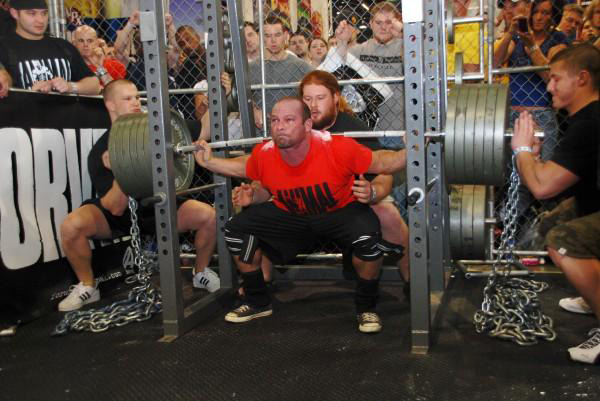
Knee and Hip Strength Through Full Range
You want to build strengthen around the knee and hip through full range of motion. If you are stopping, just above the knees, you are not building full strength in the hips and knees which leaves the knees exposed to injury when the hips pass the knees. The hips pass the knees often when you are doing day to day things and working.
If you let the hips pass the knees, you strengthen the knees over a larger range of motion plus you work the hamstrings, hip flexors and gluteus maximus which all help in decreasing the stress on the knees and keeping the knees happy.
Testing Out the Squat to See if It will Help You
You can test out what I am talking about.
With your non-dominant hand, grab something very stable like a squat rack or door frame. Lean back and move into a squat position.
With your dominant hand feel the muscles around your knee and hip area.
Do a few repetitions of the squat and make sure to see what is happening with your quadriceps, hamstrings, hip flexors and gluteus maximus.
Perform the squat to different heights.
Try a half squat.
Try a squat with your hips above your knees.
Try a squat with your knees in line with your hips.
Try a squat with your hips below your knees.
What happened to your knee and hip muscles at different depths?
Did you feel an increase in activation of the quadriceps, hamstrings, hip flexors and gluteus maximus when hips pass your knee?
If yes, keep reading on.
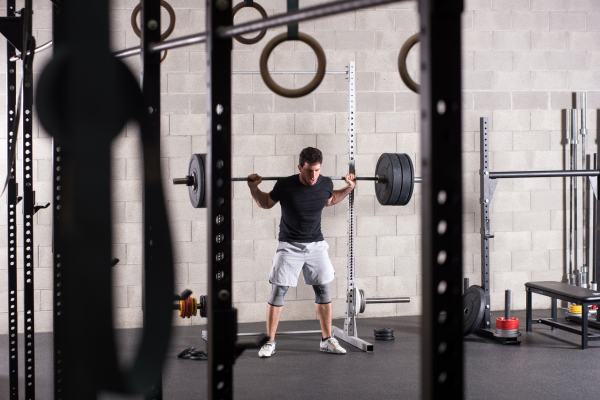
What Can You Do About it?
You have done the assessment, now it is time to do a few exercises that will help out.
Finger Squat
A finger squat is a bodyweight squat that will help you build strength around the knee and hip during greater range of motion.
Start in a squat foot position and place your palms together, in front of you. Keep your arms straight and squat down to a point in which your fingers touch the ground while looking straight ahead. When you touch the ground, return back to the starting position.
Performing the finger squat will force you to dip your hips below your knees so you strengthening at a greater range of motion of your knees and your hips.
You can do this as a warm-up to your leg program or you can do this at the end of your leg program as a recovery.
Front Squat Hip Dip
Adding a twist to the front bar squat. For your first set, start off with a warm-up weight. Perform the front squat and work on dipping those hips past knees on the bottom position. I am not saying bring your seat to your heels, just dip them past. You will feel how the squat changes when you do this.
Doing this with the front squat, based on where the bar is, it allows you to lean back more and activate your gluteus maximus muscles which is important for hip health but also knee health.
Wrapping Up
Test out your squat to see if you are going deep enough. If you are not going deep enough, you are not strengthening your knees in order to prevent injuries and you are not strengthening the hips in order to keep them strong and decrease the strain on your knees.
Make sure to test out your squat depth and give the finger squat and front squat hip dip a go to help improve your squat depth in order to make your knees happy for the long haul.
Hears to getting strong and to happy knees.
Rick Kaselj, MS
Are You A Fitness Professional That Needs To Earn CECs and CEUs?
Take Rick’s Home Study Course “Muscle Imbalances Revealed – Assessment & Exercise”
Guest Post By Rick Kaselj Creator of Muscle Imbalances Revealed

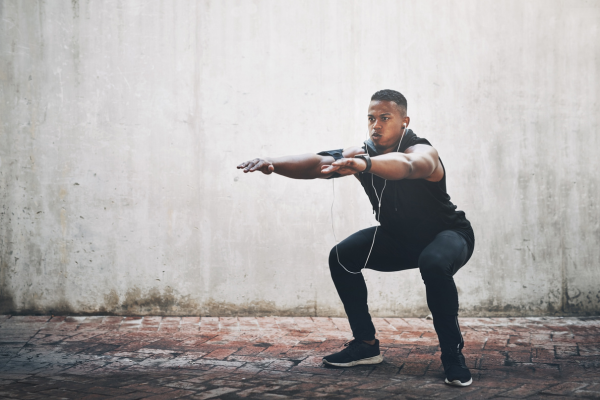
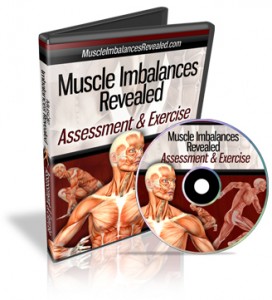
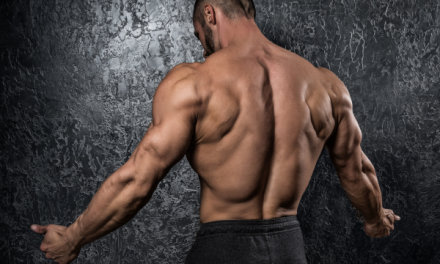
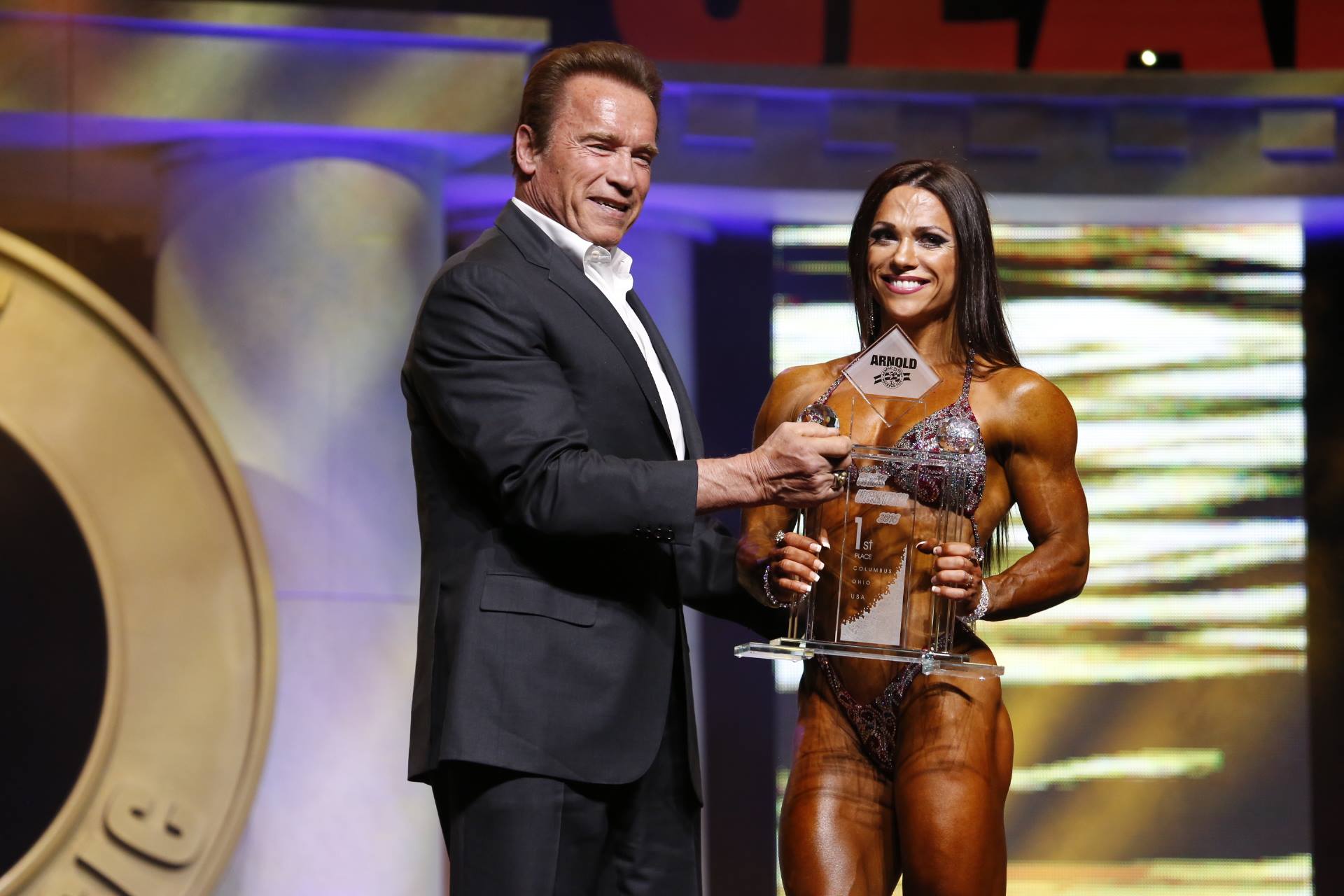
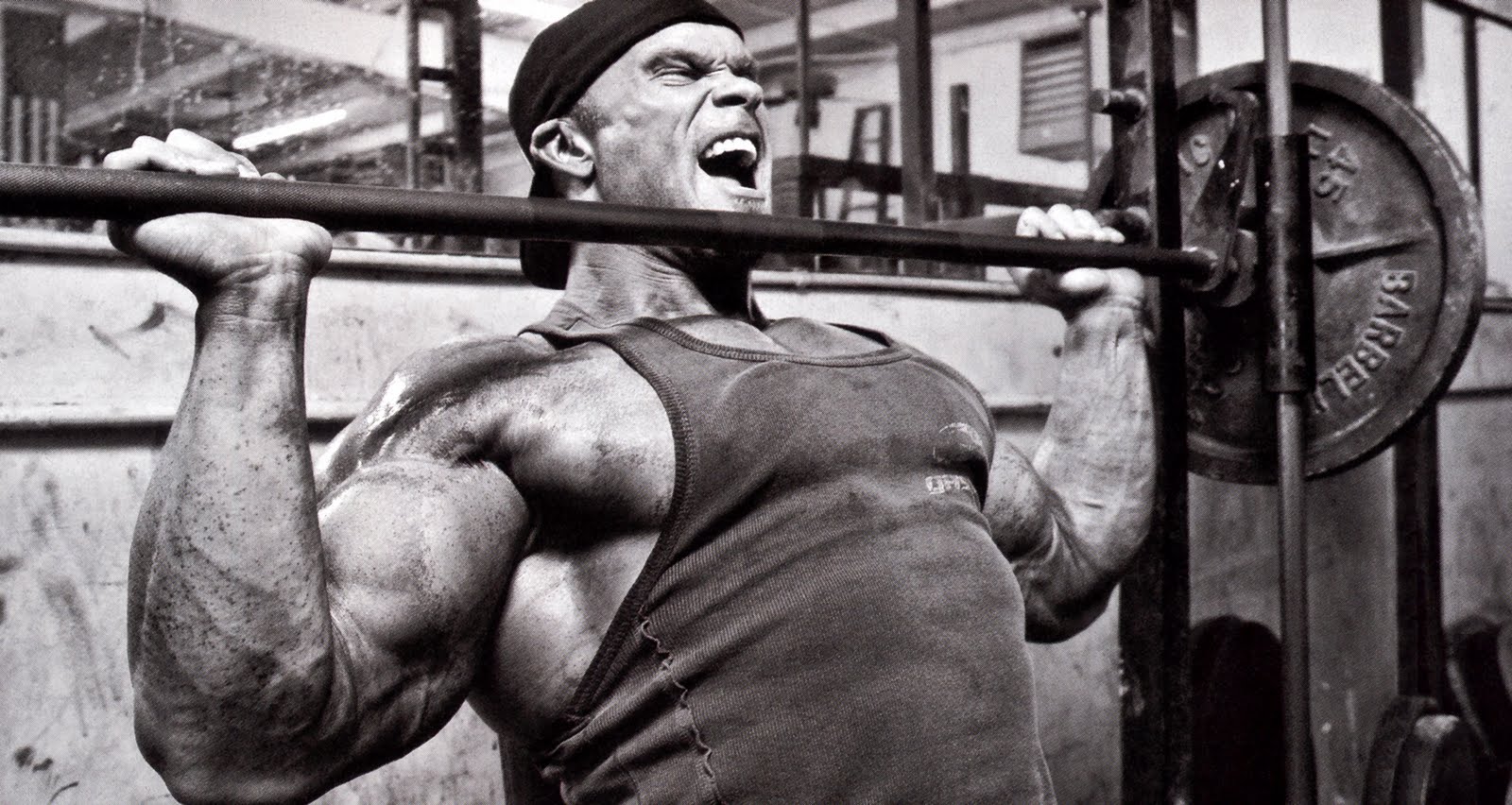


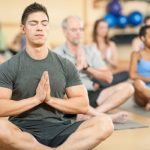

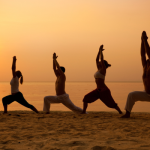
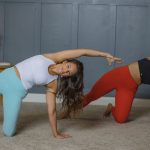

Are there pictures so we can see what a finger squat and a front squat hip dip. Would like to know how to do barbell squats correctly. My knees aren’t good and I’m over 50. I can do Bulgarian Split Squats, but that’s the only type of squat I can do correctly without intense pain.
A squat at that range will eventually wear away tendons and ligaments, the soft tissues around the knees will be non-extent over time.
Then what about this law?
http://en.wikipedia.org/wiki/Davis%27_law
yeah, I agree with Dreas… As you get older you will have to apologize to your knees for doing deep squats at full range of motion. A lot of pressure on the knees…
Not if you’re doing them correctly.
i like the finger squat method, great way of ensuring you are going that good full range of motion
jeez, getting, sorry bout the typo
I just squatted 495 last week (raw) at 48 years of age. I go parallel but not below the knees, even though it feels like I am. I think my hips at my age are keeping me from going below the knees. Could this be the case or should I just try the exercise you mentioned? I want to do squats correctly. Thanks.